
DSP vs. Microprocessor: What is the difference between them?
August 17 2023 
Inquiry
Global electronic component supplier AMPHEO PTY LTD: Rich inventory for one-stop shopping. Inquire easily, and receive fast, customized solutions and quotes.
QUICK RFQ
ADD TO RFQ LIST
Digital signal processors (DSPs) and microprocessors are two different categories of processors that are used to process and operate electronic devices. They are suitable for various applications since they have various strengths and drawbacks. In this blog, we will discuss the defference between digital signal processor(DSP) and microprocessor, as well as what they are, the applications and examples of both, and their future.
What is a Digital Signal Processor?
A digital signal processor, a unique kind of microprocessor made on metal oxide semiconductor integrated circuits, is widely used in a variety of applications, including digital image processing, telecommunications, audio signal processing, speech recognition systems, sonar, radar, etc. They are also used in consumer electronics, such as mobile phones, HDTV (high-definition television) devices, disk drives, etc.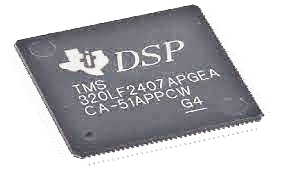
What is a Microprocessor?
A microprocessor, the most significant component of a computer system, is in charge of processing the particular set of commands and procedures. A microprocessor is made to carry out logical and computational tasks using common operations like addition and subtraction, inter-process and device communication, input/output management, etc. Thousands of transistors are housed on an integrated circuit in a microprocessor, though the actual number depends on how powerful the CPU is. The number of instructions a microprocessor can handle in a given amount of time, the number of bits used per instruction, and the clock speed in megahertz are the main categories used to group microprocessors.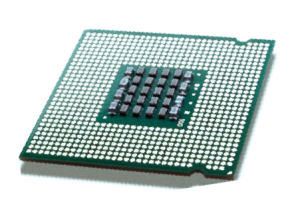
Video related to DSP VS Microprocessor
Comparison of DSP and Microprocessor
The following table contrasts the main features of DSPs with microprocessors:| Feature | DSP | Microprocessor |
| Speed | When performing mathematical computations, DSPs outperform microprocessors by a wide margin. | Although microprocessors are more versatile than DSPs, they are slower than DSPs at performing mathematical calculations. |
| Accuracy | When executing mathematical computations, DSPs are significantly more precise than microprocessors. | Although they are less precise than DSPs when executing mathematical functions, microprocessors are more flexible. |
| Flexibility | In terms of the kinds of jobs they are capable of handling, DSPs are more adaptable than microprocessors. | In terms of the kinds of tasks they can complete, microprocessors are less versatile than DSPs but more versatile overall. |
| Cost | DSPs cost more than microprocessors do. | DSPs are more expensive than microprocessors. |
DSPs and Microprocessors Architectures
DSPs and microprocessors differ in their architectural designs in addition to the primary characteristics given in the previous table. The Harvard design that most DSPs utilize means that they have distinct memory buses for instructions and data. DSPs can access instructions and data faster as a result than microprocessors, which are frequently built using the Von Neumann architecture. Additionally, DSPs frequently have a variety of specialized features that are created to enhance their efficiency for activities involving digital signal processing. These features include:- Multiply-accumulate units (MACs): MACs are used to quickly and effectively carry out complex mathematical operations like multiplication and addition.
- Finite impulse response (FIR) filters: FIR filters are used to filter out noise and other undesired signals from a digital stream.
- IIR (infinite impulse response) filters: They are used to alter the frequency response of digital signals.
Applications of DSPs and Microprocessors
Applications of DSPs
- In statistical signal processing, it is employed.
- Systems for voice recognition employ it.
- It is employed in receiver applications as a filter design.
- It is applied to the processing and analysis of radar and sonar signals.
- DSP is a component of every mobile communication process.
- It is a component of biometric devices like MRI, CT scan, ECG, and EEG.
- It is utilized in speech and video compression.
Applications of Microprocessors
- It is applied in military settings.
- Control of traffic lights also makes use of it.
- In LASER printers, the microprocessor is employed for fast printing and automatic photo copying.
- In addition to being utilized in digital telephone sets, modems, and telephones, microprocessors are also used in rail and airline reservation systems.
- The microprocessor measures blood pressure and temperature in medical equipment.
- It is a component of calculators and gaming devices.
- It is utilized by data collecting systems and accounting systems.
Examples of DSPs and Microprocessors
Examples of DSPs
- Analog Devices ADSP-21489
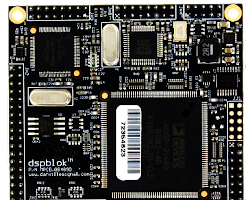
- Texas Instruments TMS320C6748
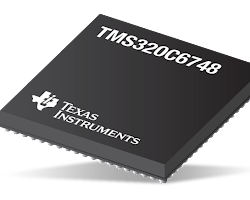
- Freescale Semiconductor (now NXP) SHARC DSP
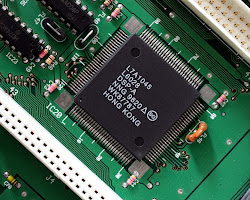
- CEVA-XC DSP
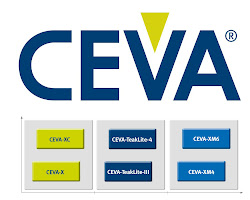
- Xilinx Zynq UltraScale+ MPSoC
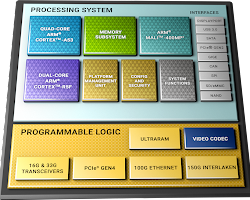
Examples of Microprocessors
- Intel Core i7
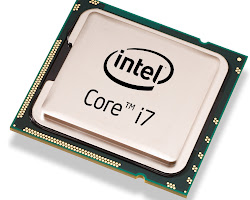
- AMD Ryzen 7
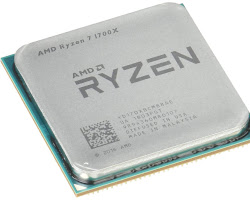
- Qualcomm Snapdragon 8 Gen 1
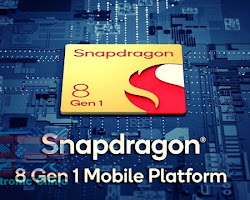
- MediaTek Dimensity 9000
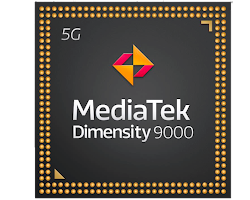
- Apple M1
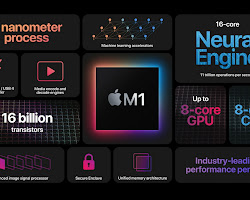
The Future of DSPs and Microprocessors
Convergence between DSPs and microprocessors is most likely to occur in the future. DSPs and microprocessors are resembling one other more and more as technology advances. Microprocessors are getting quicker and more precise, while DSPs are becoming more diverse. This convergence will probably result in the creation of new categories of processors that are tailored for certain tasks. The development of the field-programmable gate array (FPGA) is a prime example of this convergence. FPGAs are programmable semiconductors that can be set up to carry out a number of different functions. They are a wise choice for situations where the requirements may alter over time because of this. As they combine the speed and accuracy of a DSP with the flexibility of a microprocessor, FPGAs are being employed more frequently in DSP applications. The creation of new instruction set architectures (ISAs) is another illustration of the convergence of DSPs and microprocessors. The collection of instructions that a processor can comprehend and carry out are known as ISAs. For jobs involving digital signal processing, new ISAs are now being created. These ISAs provide the speed and precision of conventional DSPs along with the flexibility of a microprocessor. For engineers and designers, the convergence of DSPs and microprocessors is good news. Because of this, they will have more options when selecting CPUs for their applications. Better designs and more inventive items will result from this.Conclusion
Both DSPs and microprocessors are capable of processing and controlling electronic devices, making them both potent instruments. They are suitable for various applications since they have various strengths and drawbacks. Microprocessors are often utilized in applications where versatility is more important than speed and accuracy, whereas DSPs are typically used in those situations. As new processor types are created and tuned for various tasks, the future of DSPs and microprocessors is expected to be one of convergence.Related Articles
- ·Stratix 10 VS Stratix V: Which FPGA is Right for Your Next Project?
- ·Intel Xeon Platinum 8454H vs AMD EPYC: Which Reigns Supreme?
- ·A Deep Dive into the AMD EPYC 4564P Processor
- ·MSP430F5438A vs MSP430F5529: A Detailed Analysis of Their Capabilities
- ·Comparing MSP430F6659 and MSP430F5419A: Which One is Right for Your Project?
- ·Exploring the Features of MSP430F5529 and MSP430F5638 Microcontrollers
- ·Demystifying 20 Microcontroller Projects for Beginners
- ·Unveiling the Ultimate Guide to Microcontroller Programming
- ·4680 Battery: Unveiling the Power Potential of the Next-Gen Cell
- ·Exploring the Case Studies on Arduino Applications
Populer Posts
